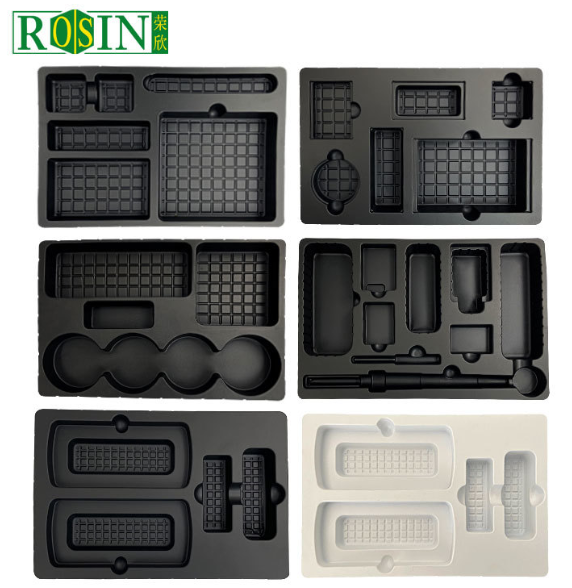In an era where 35% of electronic component failures are linked to electrostatic discharge (ESD), the packaging you choose isn’t just about aesthetics—it’s a critical defense line. Anti-static blister packaging has become non-negotiable for manufacturers safeguarding sensitive devices, from microchips to medical sensors. Let’s explore why this specialized solution is transforming electronics protection.
The Hidden Threat: How ESD Damages Your Products

Electrostatic charges as low as 10 volts can fry modern microelectronics—yet human hands naturally carry up to 1,500 volts. Traditional plastic blister packs, while cost-effective, often lack ESD-safe properties. When unprotected components rub against standard PVC or PET trays during shipping, invisible charges accumulate, leading to:
- Latent defects: Partial damage that escapes QC but causes premature field failures
- Catastrophic failures: Immediate short-circuiting of semiconductor layers
- Data corruption: Memory chips losing stored information
How Anti-Static Blister Packaging Works

Premium anti-static blister packaging employs a three-tier shield:
1. Surface resistance control (10^6–10^9 ohms) using carbon-loaded polymers
2. Conductive layers to safely ground charges
3. Custom cavity design preventing component movement-induced friction
For high-risk applications like military IoT devices or aerospace connectors, advanced versions integrate:
- Permanent anti-static properties (no topical sprays)
- Humidity-independent performance
- EMI/RFID shielding composites
Beyond Protection: Unexpected Business Benefits
While ESD prevention is the priority, modern **custom anti-static blister packaging delivers added ROI:
- Reduced returns: Cut warranty claims by up to 27% (IPC-610 industry data)
- Streamlined compliance: Meets ANSI/ESD S20.20 and IEC 61340-5-1 standards
- Brand enhancement: Retail-ready designs with anti-static windows for product visibility
- Sustainability edge: Recyclable PETG-ESD variants replacing carbon-black materials
Choosing the Right ESD Solution
Not all anti-static packaging is equal. Key considerations when sourcing:
- Material lifespan: Temporary vs. permanent static-dissipative properties
- Cushioning balance: Over-engineering increases costs; under-protection risks damage
- Custom tooling: Precision molds for odd-shaped components like flexible PCBs

From $0.03 microcapacitors to $15,000 avionics modules, anti-static blister packaging is the silent guardian of electronics integrity. As devices shrink and sensitivity thresholds tighten, partnering with an ISO 13485-certified blister packaging manufacturer** ensures your products survive both supply chain hazards and market expectations.